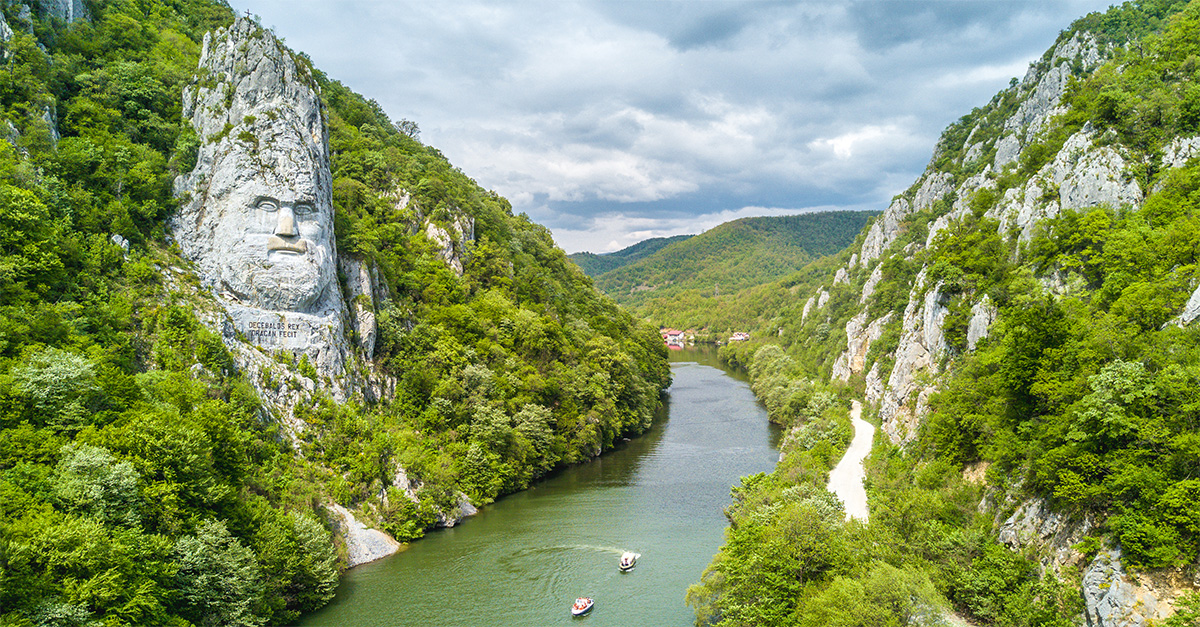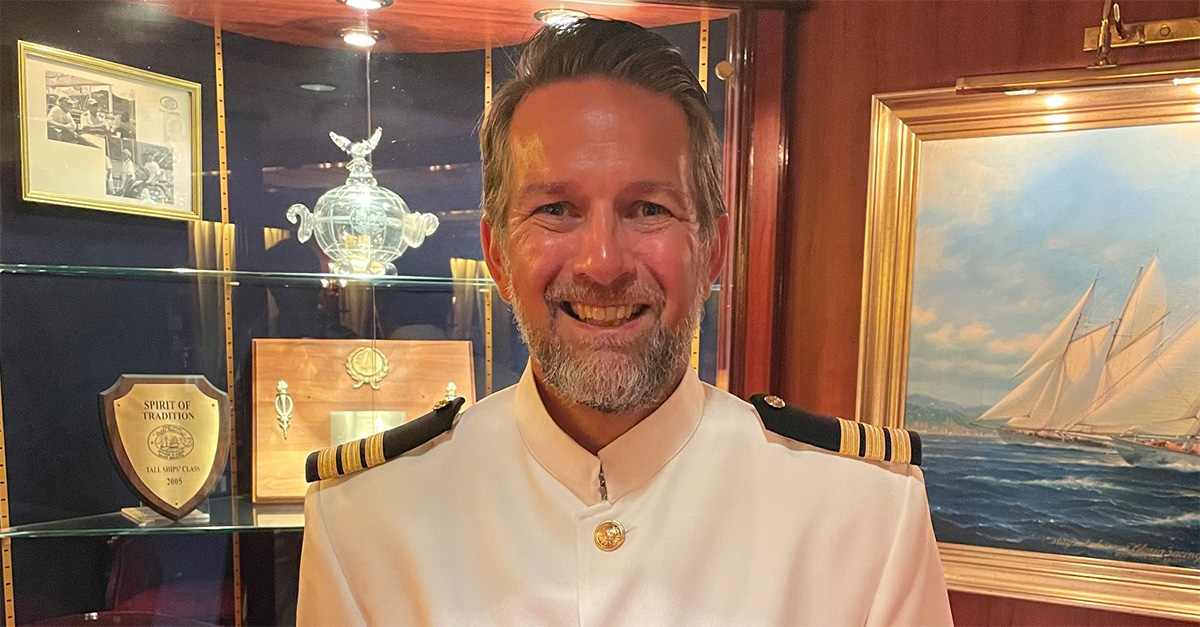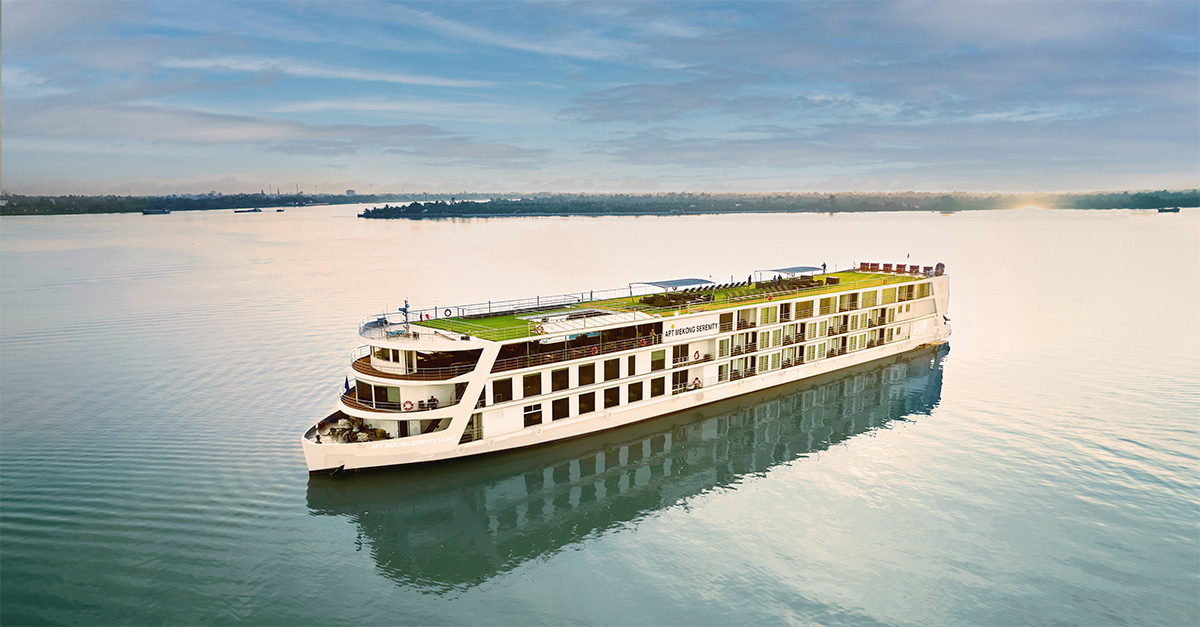Cruises in the Baltic showcase the jewels of northern Europe, so it’s little wonder they’re growing in popularity, says Jane Archer
Like this article? Click here to download and save as a PDF.
Mention the Baltic and everyone thinks of St Petersburg, but while the Russian city is without doubt the jewel in the crown, the region has a lot more to appeal to cruise passengers.
In just 10 days, they can visit Sweden, Norway, Denmark, Finland, Estonia, Poland and Germany, tick off capitals including Stockholm, Oslo, Copenhagen, Helsinki, Berlin and Tallinn, enjoy thrilling high-speed boat rides, visit ornate palaces and breweries, go cycling and much more.
In 2009, the Baltic – which is combined with the Norwegian fjords and Arctic regions when it comes to counting numbers – overtook the Caribbean as the Brits’ second-favourite place to cruise, after the Mediterranean, and it has held that position ever since.
In 2011, Northern Europe enjoyed a 13% increase in UK cruise passengers to a record 342,000, according to the Passenger Shipping Association’s cruise report. Ten years earlier, there were just 98,000.
The change in the region’s fortunes follows the 2004 launch of Cruise Baltic, a partnership of countries, ports and tourist boards around the Baltic Sea, which pool resources to raise consumer and trade awareness of their attractions.
The region has also been helped by the rise of APD, which has made flying long-haul – especially to the Caribbean – very expensive. The Baltic falls into one of the lowest APD brands for those who want to fly, but there are also cruises from the UK, eliminating flight costs altogether.
Passenger Shipping Association director Bill Gibbons says: “The Baltic is an ideal destination for cruises from the UK, which means passengers begin their holiday the moment they step on board and can avoid the airports. With more ships sailing out of British ports, I’m sure its appeal will continue to grow.”
Clients have a bewildering choice when it comes to cruising the Baltic, with one to two-week itineraries on everything from large family-friendly cruise ships to luxury vessels and the tall ships operated by Star Clippers and Windstar Cruises.
There are cruises from the UK with P&O, Thomson, Fred Olsen, Swan Hellenic and Voyages of Discovery, which sell to the British market, and with Royal Caribbean, Princess and Celebrity, which have an international feel. For those happy to fly, Silversea, Seabourn, Regent Seven Seas Cruises, Holland America Line and Princess are among the many options.
Cruises operate from May to October (though this year Fred Olsen is trying a winter cruise to St Petersburg, see box, right) and usually always visit Copenhagen, Stockholm, Helsinki and Tallinn. Itineraries mostly include one night, or sometimes two, in St Petersburg, giving cruisers two or three days to tour the city’s ornate palaces and gilded churches, take a canal boat and have a night at the ballet or opera.
The longer itineraries also call at Warnemünde in Germany, for day trips to Berlin (three hours each way by train), and Gdynia in Poland, for excursions to Gdansk. A few visit Visby on the Swedish island of Gotland.
Fred Olsen general sales manager Lol Nichols said as more cruise lines have positioned ships in the Baltic, awareness of the destination has increased and it is now one of its premium itineraries.
“St Petersburg has a mystique about it and so much history, and it is on the tick list of almost every cruise passenger, but the Baltic’s other ports of call are also a draw. It’s like being able to do lots of city breaks in one holiday, but the cruise is much better value for money as they are expensive places to stay,” says Nichols.
Royal Caribbean International head of sales Steve Williams says: “The Baltic offers a culturally-rich experience in fantastic destinations and cruising is a great way to see them at an affordable price. And contrary to what people think, the weather can be great.”




